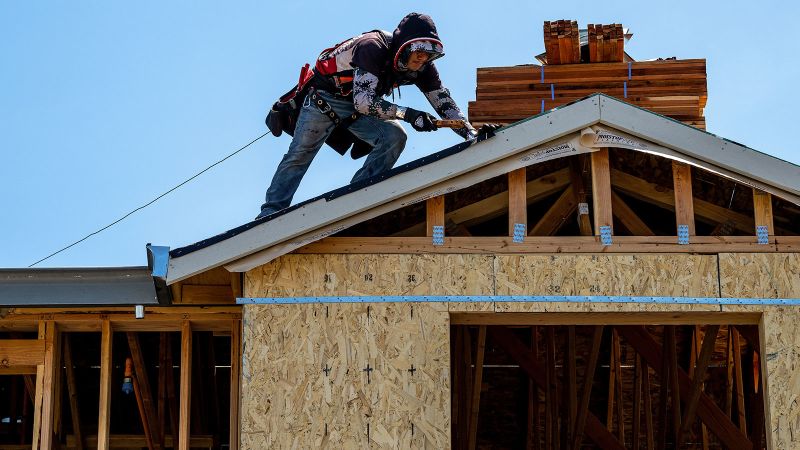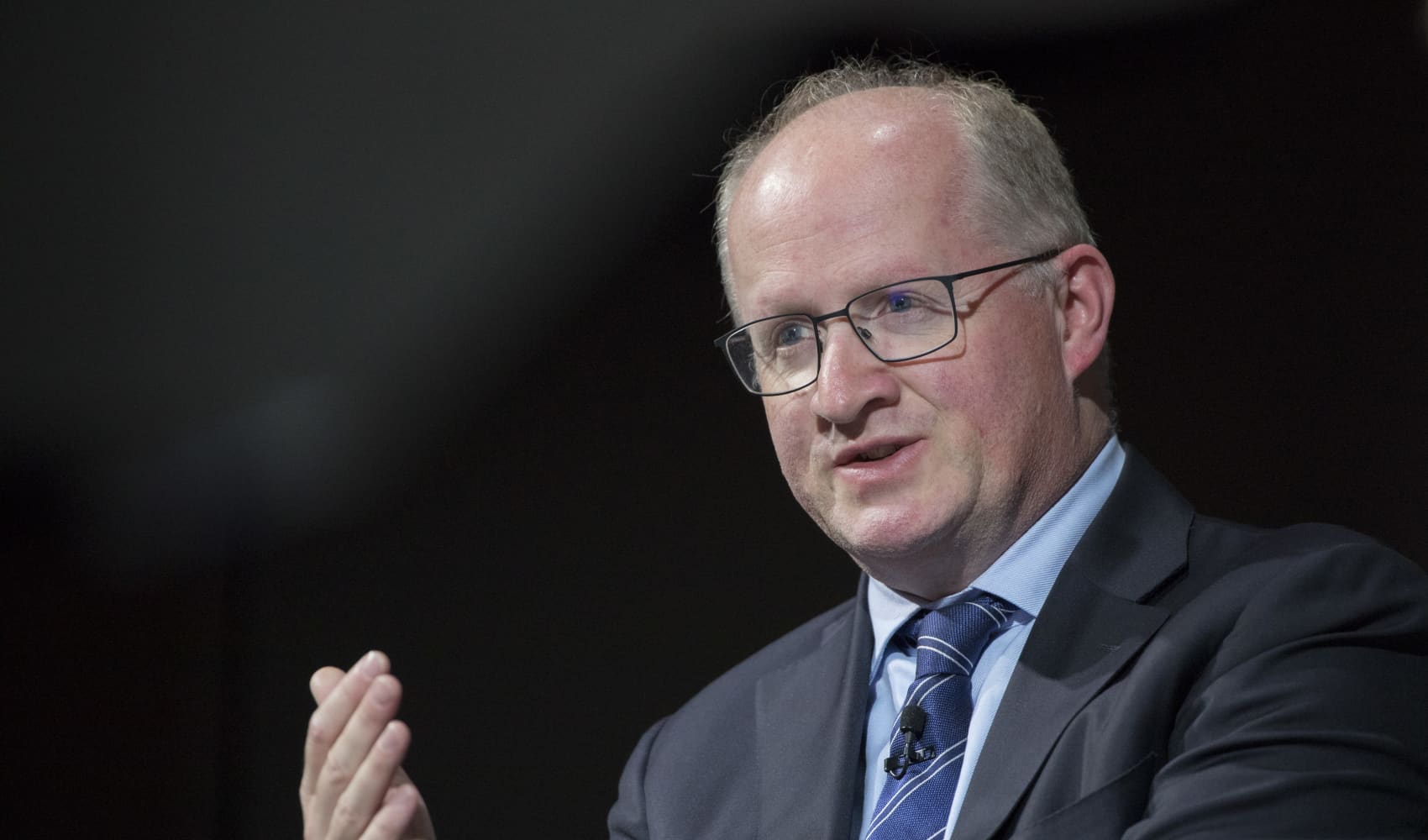While significant strides have been made in expanding global energy access, with the UN Development Program reporting an impressive jump from seventy-five to ninety percent global coverage since 2020, the true challenge of energy poverty persists, revealing a complex web of often-underestimated ramifications and profound hidden costs.
The economic burden of energy poverty extends far beyond the immediate cost of fuel or electricity; it systematically erodes household incomes and stifles broader economic development. Families living in energy poverty often allocate a disproportionate share of their meager earnings to inefficient and expensive energy sources, leaving less for essential needs like food, education, and healthcare. This constant financial strain creates a vicious cycle, limiting entrepreneurial opportunities and hindering the growth of small businesses, thereby impeding overall global development and trapping communities in persistent economic disadvantage.
Beyond economic strain, energy poverty poses severe health risks that disproportionately affect vulnerable populations. Reliance on traditional and often harmful energy sources, such as burning biomass or kerosene indoors for cooking and lighting, leads to significant indoor air pollution. This exposure contributes to respiratory illnesses, cardiovascular diseases, and other chronic health conditions. Furthermore, the lack of reliable electricity compromises food safety due to inadequate refrigeration and limits access to essential medical services, highlighting a critical dimension of social inequality.
The impact on education and human development is equally profound. Without consistent and affordable access to electricity, children in energy-poor households face significant barriers to learning, unable to study effectively after dark or access vital digital educational resources. This deficit in learning opportunities perpetuates a cycle of limited skill development and reduced future prospects, directly contributing to social inequality and hindering the realization of individual and collective potential for global development.
These multifaceted burdens collectively deepen existing social divides, cementing energy poverty not merely as an issue of limited access, but as a systemic force perpetuating social inequality. The hidden costs — from health debilitation and educational stagnation to economic disenfranchisement — create a chasm between those with reliable, affordable energy and those without, further marginalizing already vulnerable communities and undermining efforts toward equitable societal progress.
Addressing these entrenched challenges necessitates a robust pursuit of true energy justice, a concept that transcends simple energy provision to encompass equitable, affordable, and sustainable energy solutions for every individual. This means moving beyond basic infrastructure to ensure energy systems are reliable, clean, and accessible to all, actively dismantling the barriers that foster energy poverty and social inequality.
Ultimately, overcoming the pervasive hidden costs of energy poverty demands comprehensive, multifaceted strategies that foster genuine energy justice. These interventions must be holistic, targeting not only infrastructure but also affordability, environmental sustainability, and equitable distribution, paving the way for a more just, healthy, and sustainable global energy future for all.
Discover more from The Time News
Subscribe to get the latest posts sent to your email.






